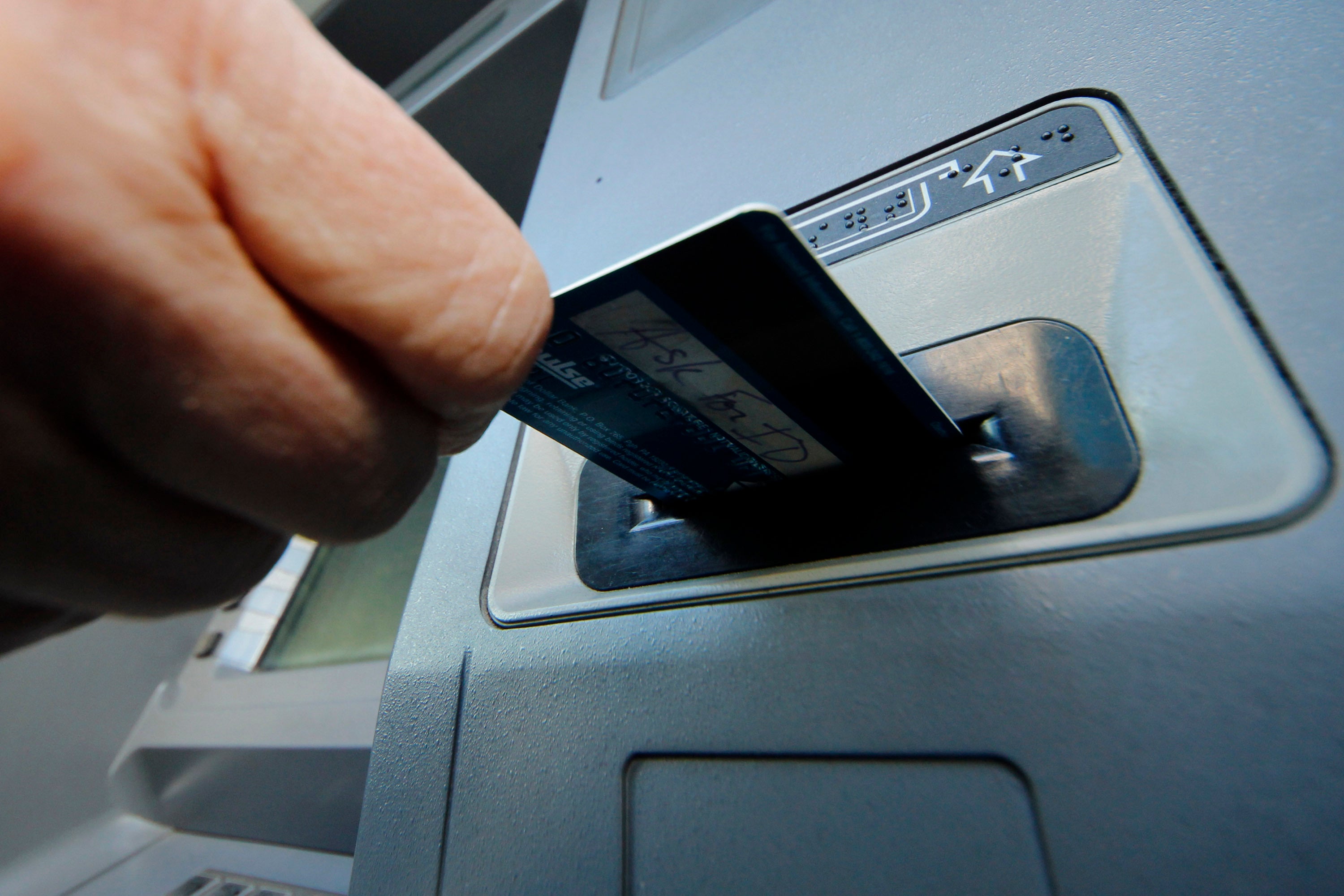Pick a college bank account as carefully as your college
Your college bank account should have the right set of features for you and minimal fees

Attending college can get pricey, so you’ll want to avoid costs from other places — like your bank account.
More than 668,000 students paid nearly $15.5 million in bank account costs in a year, an average of almost $26 per person, according to a 2022 report by the Consumer Financial Protection Bureau. What’s worse is that some colleges endorse costly bank accounts as part of their partnerships with banks.
“Do not assume that because your college or university partners with a bank, that bank is offering you a good deal,” Aaron Klein , senior fellow in economic studies at the Brookings Institution, said in an email.
Before heading off to college, consider what factors you need in a college checking account. There’s no grade on this, but the wrong bank can cost you.
DECIDE WHAT FEATURES MATTER
Checking accounts work similarly wherever you bank, but some features vary or aren’t available at every bank, including branches, highly rated mobile apps, certain account fees and perks such as direct deposit up to two days early.
Decide a few things going in, like whether you need a bank that offers joint bank accounts to share finances with a parent and whether you’ll want credit cards or other loan options at the same place.
The biggest banks generally have robust apps and big branch networks , but their account fees can be high . In contrast, regional banks and credit unions — the not-for-profit counterpart to banks — might have lower fees and more of a community focus, but they have fewer branches and might lag in technology. Online banks can have minimal fees and high-quality apps, but they often lack a branch network and the ability to deposit cash isn’t guaranteed. Nationwide ATM access is usually available at credit unions and online banks through shared networks, but they might not be as easy to spot as big bank ATMs.
Just don’t limit your options to only accounts marketed as “college checking.” You might miss out on banking features you’d want.
CHECK FOR FEES
Watch out for fees on monthly maintenance, ATM usage and overdrafts. You can often avoid a monthly fee, such as $5 or $10, by having a certain minimum balance or direct deposits into your account — or by finding a checking account without monthly fees. Using an ATM to withdraw cash outside your bank’s network can trigger a fee of around $2 to $3 from your bank, plus a fee from the ATM operator. And overdraft or nonsufficient funds fees can be $30 or more per transaction, which will kick in if a payment drops your account balance below zero.
Carla Sanchez-Adams, senior attorney at the National Consumer Law Center, recommends looking into Bank On certified accounts, which don’t have overdraft or NSF fees. Transactions that would bring an account balance below zero get declined instead . Plus, these accounts can have screening practices inclusive of those with less banking history.
You might have to pay fees for some services, such as getting a checkbook. “Not every account is going to be completely free,” says David Rothstein , senior principal at Cities for Financial Empowerment Fund, who manages Bank On, CFE Fund’s national platform that promotes financial inclusion.
FACTOR IN ACCOUNT SECURITY
This year, there have been three bank collapses. While bank failures are rare, federal deposit insurance protects your money. If a bank fails, you get up to $250,000 of your money back. Banks get insured through the Federal Deposit Insurance Corp., and credit unions have the equivalent protection through the National Credit Union Administration.
However, it’s more complicated with bank accounts at newer financial tech firms, such as Chime and Current , as well as with debit cards at firms like Cash App and PayPal’s Venmo. These companies typically partner with banks to provide “pass-through” FDIC insurance in their accounts. But if these companies fail, getting your money isn’t as straightforward as with a bank. This uncertainty is one reason why tech firms’ accounts aren’t eligible to be Bank On accounts.
“It’s true that a lot of the fintechs have a relationship with banks behind the scenes, but that’s never really been tested,” Rothstein says.
Beyond FDIC insurance, look for multifactor authentication in banks’ mobile apps to boost account security. Also, confirm that a bank provides monthly statements and spending alerts so you can monitor transactions and flag any that appear fraudulent.
GO BEYOND CHECKING WHEN YOU’RE READY
Once you have a checking account for college, consider a savings account for money you won’t need to spend next month. See if your bank offers secured credit cards or credit builder loans, which can be good steps to establishing credit history. Secured credit cards usually require a cash deposit upfront equal to your borrowing amount, while credit builder loans entail making all payments before receiving the full loan amount.
________________________
This article was provided to The Associated Press by the personal finance website NerdWallet. Spencer Tierney is a writer at NerdWallet. Email: spencer.tierney@nerdwallet.com.
RELATED LINKS:
NerdWallet: What Is FDIC insurance and what are the coverage limits? https://bit.ly/nerdwallet-fdic-insurance
Consumer Financial Protection Bureau: College Banking and Credit Card Agreements: Annual Report to Congress, October 2022 https://files.consumerfinance.gov/f/documents/cfpb_college-banking-report_2022.pdf
Bank On: Bank On National Account Standards (2023-2024)
https://bankon.wpenginepowered.com/wp-content/uploads/2022/08/Bank-On-National-Account-Standards-2023-2024.pdf